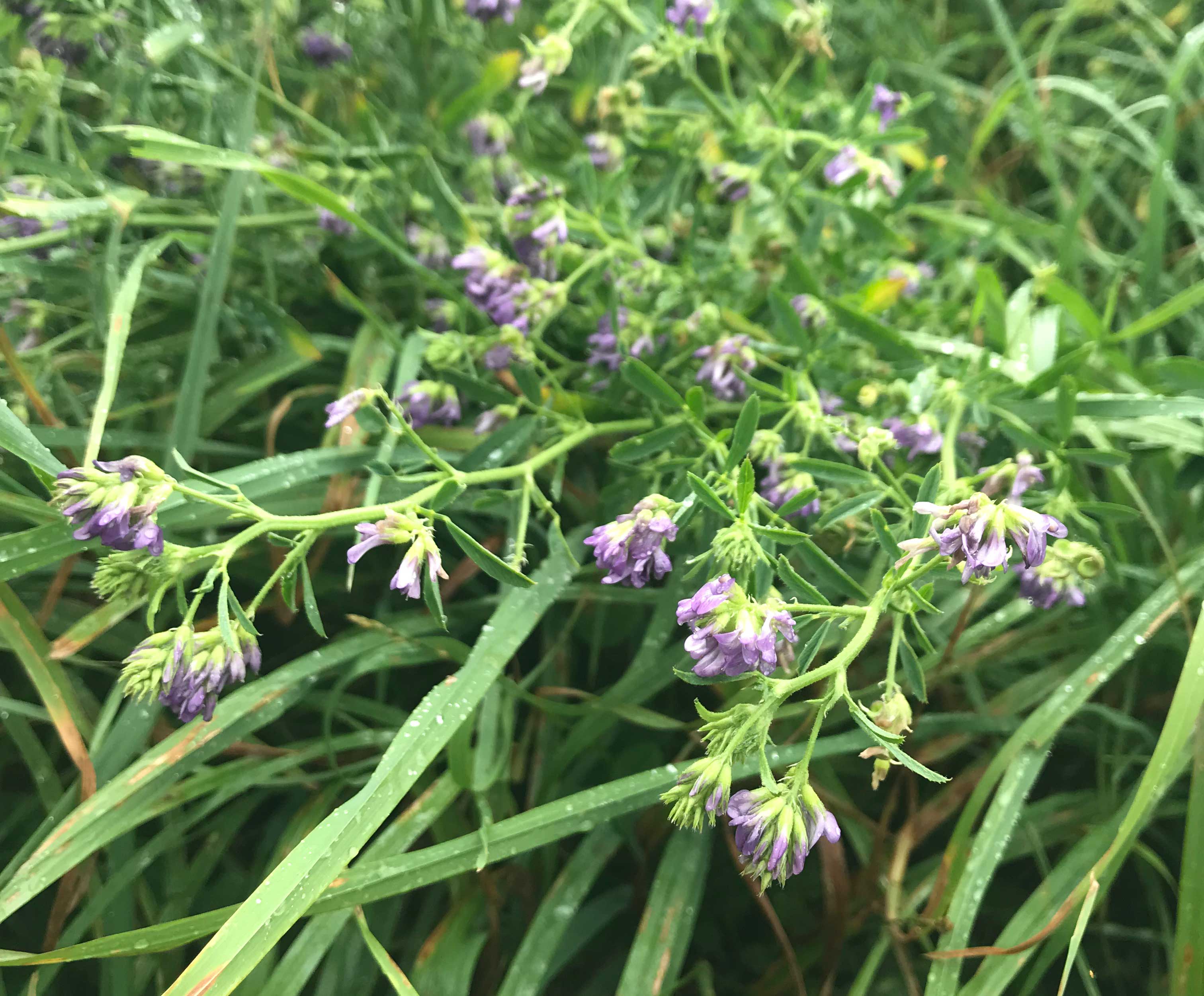Researchers out of North Carolina State University have developed a new model that can suggest the optimal conditions for farmers to plant cover crops to help ensure long-term cash-crop success. The findings could help improve farm budgets and serve as aids to farmers making decisions about their land.
The model, based on an examination of 35 years of available data on an experimental cotton farm in west Tennessee, accounts for local conditions — including current prices of cash crops and fertilizer as well as the health and fertility of the soil — and then suggests whether an investment in cover crops would be economically beneficial for farmers. The paper was published in the journal European Review of Agricultural Economics.
The research team said that the model generally favors planting cover crops on fields with relatively healthy soil and on land that has not been tilled. The cost of planting and maintaining cover crops appears to reduce the need for fertilizer treatments, so high fertilizer costs would be one key factor in favor of planting cover crops, the researchers add.
Cover crops have been shown in the academic literature to improve soil conditions by controlling excess water and fixing nitrogen, among other benefits. But only a small percentage of farmers — about 4 percent nationally — utilize cover crops. One reason is that many farmers looking for short-term benefits may consider the costs of planting cover crops overly excessive.
“There is a lot of academic literature looking at short-term effects of cover crops, but our contribution here is in thinking about cover crops as a long-term investment,” said Rod Rejesus, professor and department extension leader of agricultural and resource economics at NC State and a co-author of a paper describing the research. “Agronomists seem to mostly agree that cover crops are a worthwhile investment; many economists say they are not. We find some truth to both sides of the argument in this paper: In certain conditions it might be worth it to plant cover crops; in other conditions it might not be worth it.”

Poor soil quality and low prices for nitrogen fertilizer products are two factors that tend to make cover-crop adoption sub-optimal, according to the model.
“If you’re starting from a place where the soil is degraded, it takes so long to build up better soil conditions that, from an economic perspective, it’s not worth it to plant cover crops,” said Zachary Brown, associate professor of agricultural and resource economics at NC State and a co-author of the paper. “Like other investments, farmers are interested to know how fast the returns are for cover-crops investments.”
The research also shows that, over time, cover crops can serve as “substitutes” for nitrogen fertilizer, as two of the studied cover crops, crimson clover and hairy vetch, both “fix” nitrogen in the soil.
“The more you use cover crops, the fewer fertilizer inputs are needed,” Brown said. “That effect also increased over time. So, the longer you used cover crops, the more they were able to offset nitrogen fertilizer.”


:max_bytes(150000):strip_icc()/Corn-soybeans-farm-sunset-yellow-a7cb60530c0e495abd310523541dbfa8.jpeg)
:max_bytes(150000):strip_icc()/Iowa-ethanol-plant-d2b1fd50b97640698c7241cf6814f221.jpg)
:max_bytes(150000):strip_icc()/54673502217_2dd22f07dd_o-462173fc472b431dbfb26de73cf122f8.jpg)


:max_bytes(150000):strip_icc()/iStock-92273023-2000-9734f26f4c954980b2732f0062fc6968.jpg)
:max_bytes(150000):strip_icc()/54674565493_2ba6b48742_o-1e25c5a16e7c4b638afb7e9ac66f8d0d.jpg)
:max_bytes(150000):strip_icc()/52513708671_2a6075fabe_o-fd1bf009dced4801b7f81702a5ed15e7.jpeg)